Some iPhone generations are more exciting than others, and the iPhone 17 is definitely one we'll be watching closely. Brand new model with a design that aims to revolutionize the industry, replacing the iconic camera block that has defined the iPhone's identity in recent years, and much more, discover everything you need to know about the iPhone 17.
- iPhone 17 Plus discontinued in favor of iPhone 17 Air?
- When will the iPhone 17s be released?
- How much do all the iPhone 17 models cost?
- A new camera unit for the iPhone 17?
- Finally a screen 120 Hz on the standard iPhone 17?
- More RAM for AI?
- What battery life for the iPhone 17?
- Better quality selfies in photos?
- A software revolution with iOS 19?
- Comments
Will 2025 be the year of renewal for Apple? 2024 was quite disappointing, with the iPhone 16s whose main new feature was the integration of Apple Intelligence. Except that Apple's AI features are still not available here and they are not being shown to the level of expectations in the United States, not to mention the delay in the deployment of the new version of Siri.
But with the next generation of the iPhone 17, we should finally have something to get our teeth into from a hardware and design point of view, with significant changes to come. The apple brand has already surprised us with its iPhone 16th, and it still has a few tricks up its sleeve. We are talking in particular about a brand new model, the iPhone 17 Air, and major design changes for the iPhone 17 Pro. We'll tell you everything in the rest of this article.
The iPhone 17 Plus removed in favor of the iPhone 17 Air?
It's almost a given, as all sources agree on this subject: there will be no iPhone 17 Plus. This model, which uses the same technical specifications as the basic iPhone, but in a larger format, is Apple's worst-selling model. It replaced the iPhone mini, which only existed for two generations, because it, too, had trouble finding its audience. The replacement will be a slim and lightweight device, called the iPhone 17 Air or iPhone 17 Slim until Apple reveals its real brand name.
When will the iPhone 17 be released?
Apple isn't one to change its release schedule. The iPhone 17 series is expected to be announced at a keynote in the first half of September 2025. Typically, pre-orders open on the Friday of the week the products are officially announced, and sales begin a week later, again on Friday. September 12 and 19, 2025 therefore appear to be prime dates for the release of the iPhone 17.
How much do all iPhone 17 models cost?
With the iPhone 16, Apple has not increased its prices compared to the iPhone 15. It is not yet known whether the manufacturer will change its pricing policy with the models of this generation. As a reminder, here are the prices for all variants of the latest iPhones:
iPhone 16:
- 128 GB: 969 euros
- 256 GB: 1,099 euros
- 512 GB: 1,349 euros
iPhone 16 Plus:
- 128 GB: 1,119 euros
- 256 GB: 1,249 euros
- 512 GB: 1,499 euros
iPhone 16 Pro:
- 128 GB: 1,229 euros
- 256 GB: 1,359 euros
- 512 GB: 1,609 euros
- 1 TB: 1,859 euros
iPhone 16 Pro Max:
- 256 GB: 1,479 euros
- 512 GB: 1,729 euros
- 1 TB: 1,979 euros
For the iPhone 17, iPhone 17 Pro, and iPhone 17 Pro Max, prices are expected to remain the same or increase slightly. For the iPhone 17 Air, we have little visibility regarding its pricing given that it is the very first device of this type. Some sources believe that Apple will try to keep the price close to that of the iPhone 16 Plus, but we wouldn't be surprised if the iPhone 17 Air costs more than it. A new camera unit for the iPhone 17? The biggest changes expected in this generation are clearly related to the design of the smartphones. As for the base iPhone 17, the changes should be the most modest. No particular changes are expected to the Dynamic Island or the rear camera unit. However, it is possible that Apple will compensate for the disappearance of the iPhone Plus by increasing the screen size of the iPhone 17. The display diagonal could thus increase from 6.1 to 6.3 inches. Such an increase had already been achieved with the iPhone 16 Pro, whose screen had gained 0.2 inches compared to that of the iPhone 15 Pro.
For its part, the iPhone 17 Air would measure 6.6 or 6.7 inches, placing it between the iPhone 17 and iPhone 17 Pro (6.3 inches) and the large iPhone 17 Pro Max (6.9 inches) in terms of size. But it is above all its slim design and lightness that will make this phone attractive. The iPhone 17 Air would be only 5.5 mm thick (9.5 mm if we take into account the prominent camera block) at its thinnest point, which would make it the thinnest iPhone ever released by Apple. We don't know its weight, but this device should also be much lighter than other models, especially since its thinness won't allow for the integration of a large battery.
The iPhone 17 Air would adopt a completely new design element to house the optical part: a horizontal bar that crosses the entire width of the back panel. The iPhone 17 Pro and iPhone 17 Pro Max could also benefit from this new feature. This would be a major transformation for Apple, which has barely redesigned its camera unit since the iPhone 11. This square housing the photo sensors in the upper left corner has even been the visual identity of the iPhone in recent years.
The new bar housing the photo modules recalls the design of recent Google Pixels, but the iPhone's could be located a little higher. On the iPhone 17 Pro and 17 Pro Max, however, the three photo sensors will not necessarily be aligned horizontally. They could adopt a layout close to the current one, but would be integrated into a large rectangle occupying the upper part of the device, as can be seen in the visual below.
The possibility of a reduction in the size of the Dynamic Island on the iPhone 17 Pro or only on the iPhone 17 Pro Max has been mentioned, but information on this subject diverges. Apple would achieve this by using metalenses for Face ID, flat lenses that are thinner and lighter than those currently used, but are curved and capture light in a different way. This could happen in future generations if the technology isn't ultimately used for upcoming models.
Both iPhone 17 Pros could lose their titanium coating: Apple is reportedly considering a return to glass and aluminum. Titanium has the advantage of combining lightness, strength, and durability, but it's also an expensive material. The action button and camera key will return on all iPhones in the 17 series, even the iPhone 17 Air, which won't be without a physical button. The latter will also be equipped with a USB-C port for charging, so it won't be the first iPhone to opt for 100% wireless charging.
Finally a 120Hz screen on the standard iPhone 17?
Significant improvements are also expected on the display side, especially for models that aren't part of the Pro range. The iPhone 17 and iPhone 17 Air could feature the same LTPO OLED screen technology used in the iPhone 16 Pro. This means that for the first time, we'll see a ProMotion display with a variable refresh rate between 1 and 120 Hz on the least expensive iPhones in the series. The switch to ProMotion also theoretically unlocks the famous Always-On Display, the feature that allows you to display important information (time, battery level, notifications) even when the screen is off. It remains to be seen whether Apple will offer it or keep it exclusive to the Pro models.
The iPhone 17 and 17 Air should also benefit from 30% higher screen brightness compared to the iPhone 16 and 16 Plus, improving user comfort in very bright environments. All four models in this generation could benefit from an anti-reflective coating that's more scratch-resistant than the current Ceramic Shield protective glass. Otherwise, Apple is expected to stick with the 19.5:9 screen ratio and aim for a resolution around 460 pixels per inch for each version.
More RAM for AI?
It's likely that the iPhone 17 and iPhone 17 Air will be powered by an A19 chip, and the iPhone 17 Pro and iPhone 17 Pro Max by a slightly more powerful A19 Pro chip. Both SoCs are expected to be manufactured using a 3nm process from TSMC. So, there are no major changes there, although some improvements are expected with the N3P process, which offers better power efficiency and higher transistor density. TSMC plans to launch its first 2nm node in 2025, but we'll have to wait until at least the iPhone 18 to see such technology in Apple's phones.
The iPhone 17 Pro and 17 Pro Max are said to feature a vapor chamber for more efficient cooling. With better heat dissipation, the devices should avoid overheating, which can cause performance instability, with the system throttling power when the temperature gets too high.
Historically low on RAM (iOS optimization compensates for this hardware shortfall), iPhones have seen their RAM increase lately. This is due to all the AI features and locally operating language models that are now built into the devices and require a lot of resources to run. We also explained to you that at Google, the Pixel 9a is deprived of advanced and multimodal AI options because of its insufficient RAM. The iPhone 17 and 17 Air should remain at 8 GB of RAM, while the Pro models would go to 12 GB. It is also possible that only the iPhone 17 Pro Max will benefit from an increase to 12 GB of RAM, leaving the iPhone 17 Pro at the same level as the other two.
The entire iPhone 17 series could feature the very first Wi-Fi chip designed by Apple. It would be compatible with the latest tri-band Wi-Fi 7 standard. A home-grown 5G modem is also expected to equip the iPhone 17 Air. It is unclear whether this will be the same C1 modem already present in the iPhone 16e, or a new version. More energy-efficient than Qualcomm's solutions, this 5G modem developed by Apple will help preserve the battery life of the iPhone 17 Air despite its reduced battery capacity.
Quel autonomie pour les iPhone 17 ?
We do not have reliable information on the battery capacity at the moment. The battery life of the iPhone 17, iPhone 17 Pro, and iPhone 17 Pro Max is expected to be roughly similar to that of their predecessors. The integration of a more energy-efficient SoC and the potential integration of a proprietary, less power-hungry Wi-Fi chip could provide a slight increase in battery life.
For the iPhone 17 Air, we're still in the dark, and we don't really know what to expect. Given its extremely thin design, the battery size will inevitably be smaller. We know that Apple has been working on new battery technologies to increase the energy density of the cells, and therefore the battery capacity. The iPhone 17 Air could benefit from this. The manufacturer is also looking to improve the energy efficiency of the display driver integrated circuit, which serves as an interface between the microprocessor and the screen. This new feature is expected on the foldable iPhone in 2026, but why not see it arrive this year? In any case, if Apple is marketing this iPhone 17 Air, it is because it should not suffer a drastic drop in battery life compared to its counterparts in the series.
The maximum wired charging power would reach 35W, which is far from the prowess of the competition on Android, whether from Xiaomi, OnePlus, Oppo or others. Wireless charging is still expected at 25W with a charger compatible with the MagSafe protocol and at 15W for Qi 2 devices.
Better quality selfies in photo view?
The photo side is not what Apple will focus on this generation, at least from a hardware point of view. The front camera, for selfies, should still go from 12 to 24 MP. We can expect more detailed shots and the ability to crop the image more easily without losing too much quality.
Like the iPhone 16e, the iPhone 16 Air could only have a single wide-angle photo sensor, 48 MP. This choice would allow Apple to save space, but also on production costs, in order to sell the device at a lower price than the iPhone 17 Pro. There is talk of the integration of a variable aperture camera sensor on at least one model in the series, but this information should be taken with a grain of salt. This technology could instead arrive with the iPhone 18 of the following year. But it remains possible that Apple will conduct a test run as early as 2025. Present on some models of high-end Android smartphones, the variable aperture grants greater versatility to adapt to lighting conditions. It is also very useful for adapting to different focal lengths. We can think that it would be welcome on the iPhone 16 Air in order to benefit from several zoom levels with a single sensor.
Furthermore, the iPhone 17 Pro Max could have a 48 MP periscope telephoto lens, compared to 12 MP currently. It would then have for the first time a triple 48 MP photo sensor configuration, the ultra wide-angle having already been increased to 48 MP. It is not clear if the iPhone 17 Pro will also be entitled to this preferential treatment. The optical zoom would remain at x5, as is the case on the latest models. This feature will still be reserved for the Pro models.
Beyond the modest hardware upgrades, we can hope that software optimizations or the use of AI will improve the photo quality of the iPhone 17.
A software revolution with iOS 19?
Apple has announced the dates for its long-awaited annual developer conference. WWDC 2025 will be held from June 9th to 13th. The US company will showcase, among other things, the new features introduced by iOS 19. We don't yet have any official information on this, but early leaks seem to indicate that this will be an update that should shake up the iPhone experience. The iOS 19 interface is expected to be completely overhauled, drawing inspiration from Apple's work on VisionOS, the operating system for the Vision Pro mixed reality headset. We're expecting a more modern design, with transparency effects, floating menus, rounded icons and window corners, or even a kind of translucent glass filter giving a very particular look to the aesthetic.We can also only hope that iOS 19 fulfills the promises that iOS 18 has, so far at least, failed to fulfill in terms of AI. Many Apple Intelligence features are still missing, as is the improvement of Siri, on which Apple largely based its communication at the release of the iPhone 16.


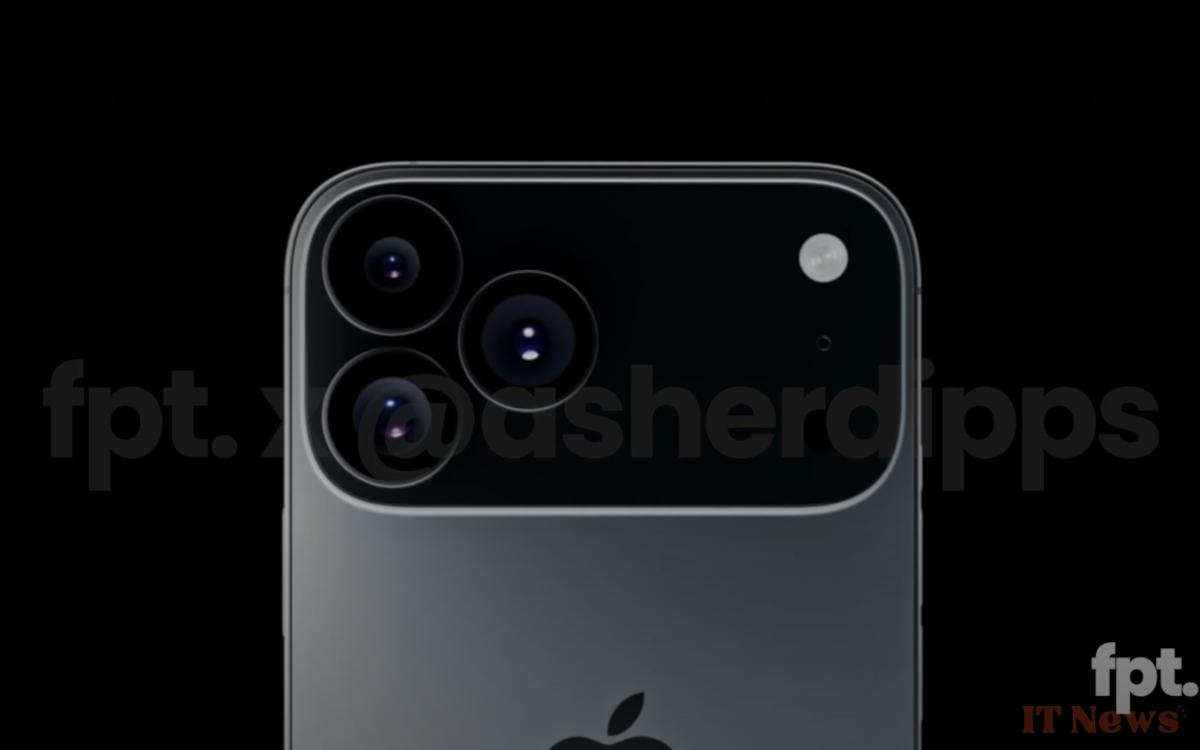
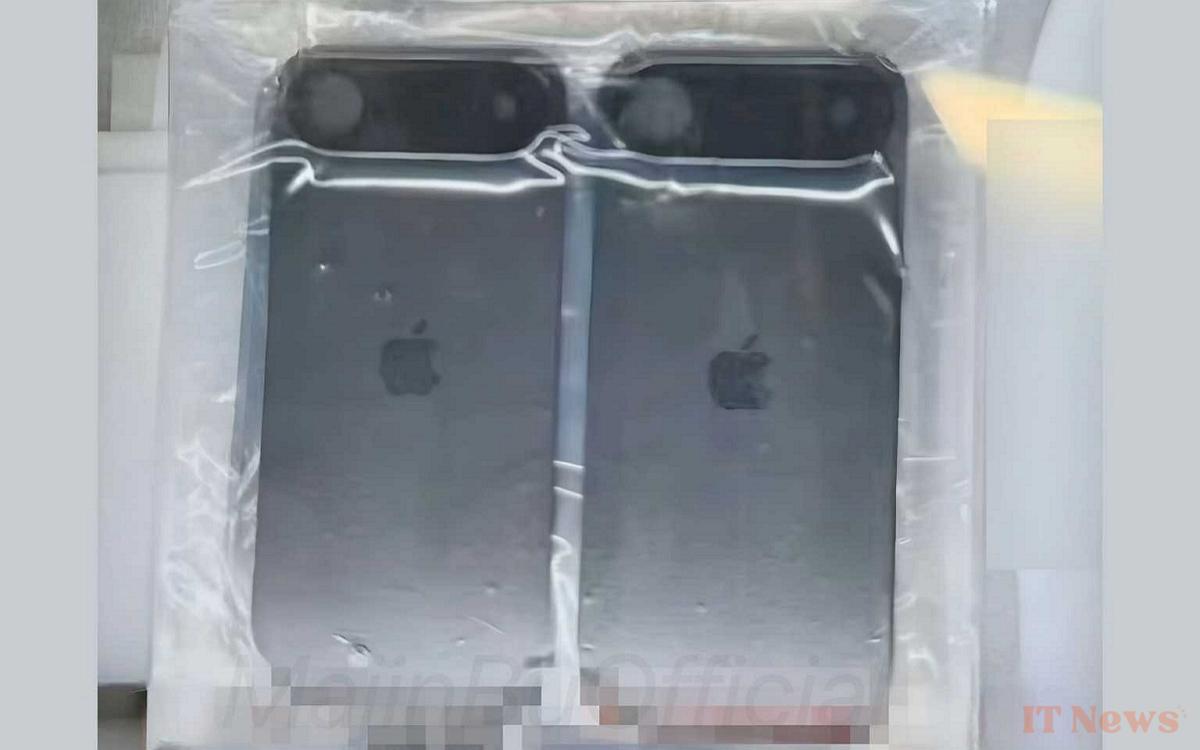

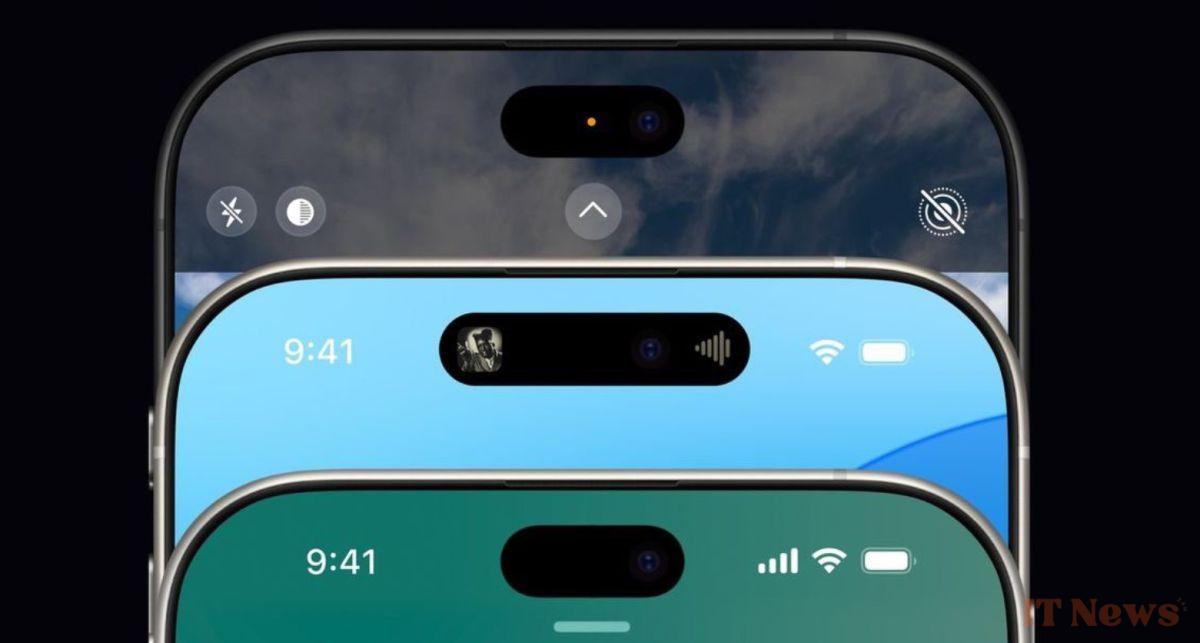
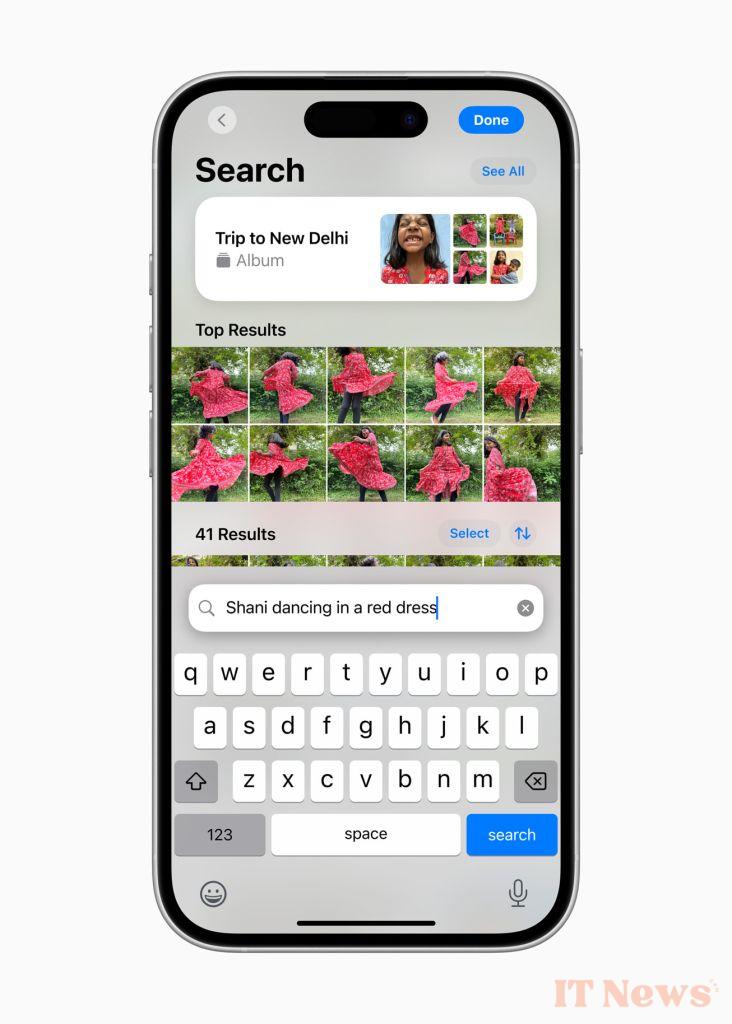
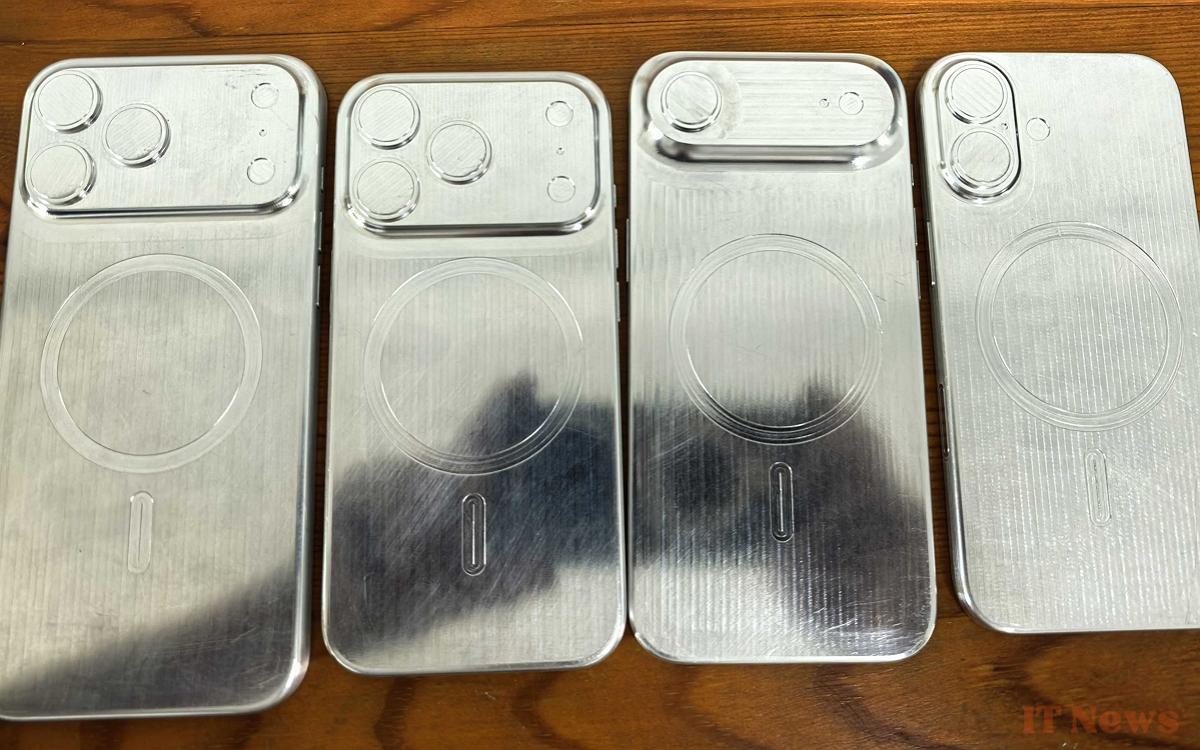

0 Comments